What is Passive House certification?
The term “Passive House” was once obscure jargon used solely by construction engineers & technically-minded home designers, but now "certified Passive House" is being increasingly specified by construction professionals and homeowners across North America. The concept of Passive Solar heating for homes is gaining ground here as in the rest of the world - After all, who wouldn’t want a more efficient house - one that could radically reduce home energy bills by being built efficiently enough to create huge energy savings compared to a standard "code built" house? Especially if it is possible to build comfortable and super-efficient homes to Passive House standard at around the same cost of those currently being built (and which use a tenth of the energy - which it is... read on!)
Passive House Certification - PHI v PHIUS
Building to Passive House certified standards is, without a doubt, a potentially serious technical challenge for most average house builders in North America. To further complicate matters is the fact there are not one but two certification bodies in the US,PHI (Passive House Institute)andPHIUS (Passive House Institute US)and for Canada there isPassive House Canadaand theCanadian Passive House Institute.This guide aims to describe the origins ofPassive House certification, which can be accredited to a very futuristicPassive Solar heating design home built in the 1970's in Saskatchewanby a team led byHarold Orr, designer of the first modern Passive House that worked, who recentlywon the Order of Canadafor his achievements withPassive Solar design,air-tightness for homesandenergy-efficient houses.我们在生态之家向您致敬,奥尔先生,谢谢!
Where & when did "Passive House" start?
The Conservation House in Saskatchewan was built in 1977, and was a revolutionary building design that introducedpassive solar heatingand cooling tomodern Passive House home building.Because let's get one thing straight -Passive Solar heating and cooling as a concept has been around for thousands of years.当早期人类感到寒冷,而外面阳光灿烂时,他就坐在太阳下;当他感到寒冷,而外面阴天时,他就找地方躲雨,生起火来;当然,除非天气晴朗,他又太热了,否则他也会找地方躲雨。
The difference with the extraordinary and pioneering Conservation House in Northwest Regina was it was one of the first buildings in the world to combineairtightness,super insulation for homesand aheat recovery ventilation systemin an attempt to produceZero Energy homes by design.
Harold Orr has won many awards for his work, but he said he wasn't expecting the Order of Canada; "It almost floored me, I wasn't expecting this at all."
We love that Orr said he was inspired to do his work in energy efficient home design through growing up on the prairies of Canada in the 1930s. As he puts it; "当我在公立学校上学的时候,有人必须在半夜起来往火上加煤,否则我们早上会很冷。" Just think, if they'd hadhigh performance stoves and fireplaces"back in the day," Harold Orr might have spent his life doing other stuff rather than advancing building technology for the planet's benefit!
Later, at the University of Saskatchewan, he got more technical with his concerns, studying air leakage in homes, and then further research led to progressing the idea of passive solar design, which helps homes gain and retain natural heat from the sun through structural design andeffective insulation choices(which is wheretraditional earthships fall down and don't work in cold climates according to our Mike Reynolds).
Harold Orr希望今天在萨斯卡通有更多的被动式太阳能房屋,事实上是整个北美;"Everybody should be building the equivalent to the passive house," he said recently, and EcoHome agrees, though we do have "a thing" for non-toxic homes too, especially as high-efficiency homes tend to be more airtight, so the chemicals we choose to use in our homes and the materials we build them from are more important than ever. More of thathere.

被动屋认证,什么时候开始的?
Back in 1990, the father of the Passive House Institute (PHI), Dr. Wolfgang Feist, built the first “passive” house in Darmstadt, Germanyusing the latest building science to dramatically increase the building’s energy efficiency. PHI then put together a certification system based on those very high performance standards - guidelines to help others achieve the same results. Ten years later, at Dr. Feist’s urging, Katrin Klingenberg, a German architect, introduced these concepts (back) to the United States.
从一开始,我们就清楚地知道PHI的某些方法论需要进行调整,以便在北美市场上开辟出自己的一席之地。在PHI的被动式房屋规划包(PHPP)软件中,仅仅是将所有测量值从公制转换为英制的简单过程,就极大地提高了它在美国和加拿大的受欢迎程度。
Klingenberg and other members of PHIUS then launched a collaboration with energy sector leaders to adapt the PHI performance standards to North American climate realities (we’ll get back to that) to try to make the standard accessible to all. Across the pond, PHI was not at all keen to see these collaborations, even less to see their standards converted or deviated from and they officially cut the official support and connection in 2011.
So in North America there are two Passive House Certifications - PHI & PHIUS?
Since the "Divorce" between PHI & PHIUS, there are two certifications, yes, and the Debate among ecological passive house builders has been raging ever since 2011 about which certification constitutes the "right" way to build a passive house. It was a bit of a messy divorce - depending who you believe, PHI or PHIUS terminated the relationship first, but as the founder of the certification process (and without taking sides), here's Dr Feist's account of things... In a letter to press, Dr. Feist praised his "handpicked" US director Katrin Klingenberg for her work, but then stated “不幸的是,PHIUS最近的行为已经达到了违背契约和诚信的高潮,不必要地加强了被动之家社区内的虚假分裂。鉴于PHIUS无视与PHI的长期协议,我们只能暂停所有的长期合同。PHIUS在没有必要文件的情况下对被动式建筑进行认证的证据已经威胁到了标准的完整性,并迫使PHI终止了PHIUS作为被动式建筑认证机构的地位。”
He went on to describe three actions that PHIUS had made that did not go down well, and that in his words led to the termination of the PHI / PHIUS relationship. The US organisation was unauthorized to sell the primary design software Passivhaus Planning Package (or PHPP), and did not have permission to change the software often stated as converting it from metric to English measurement units (although again, opinions vary). Feist also stated that PHIUS had begun a “competing professional certification scheme而没有遵守他们官方的被动屋合同义务。最后,也是最严重的问题是,他声称PHIUS集团没有使用“适当的”文件来认证项目。“Evidence of PHIUS’ certification of Passive House buildings without the requisite documentation has threatened the integrity of the Standard and forced PHI to terminate PHIUS’ status as an accredited Passive House Building Certifier,” said Feist.
Feists' intepretation was that given the precision of design and implementation to officially certify a Passive House, which is around 10 time as efficient as code, the possibility that the US Passive House certifying agency were not properly complying with the standard could undermine the entire program. Feist continued, “PHI is doing everything in its power to ensure Passive House’s continued success, especially in the US where we will continue to reach out to those competent, motivated and fair actors who emphasize real work and real Passive House construction.”
At the heart of PHIUS’s original disagreement with PHI was the number of different climate zones in the U.S. that Passive House design had to cope with. Applying the fixed energy criteria in Passive House design that was originally developed for Germany’s climate, PHIUS claimed, was absurd in either a subtropical climate or an extremely cold climate.
此后,PHIUS围绕适应这些气候差异建立了其整个被动屋标准和认证项目,通过详细的计算确定对每种特定气候来说什么是实用的和经济的。这个想法是,业主不应该投资于设计功能,如较厚的绝缘材料,在更温和的气候地区提供递减的回报,只是为了满足PHIUS认为的任意固定的能源目标,由PHI和他们的PHPP软件(被动式住宅规划包)计算。我们会说,这似乎是一个合理的方法,以最佳效率的被动式太阳能设计。
Is PHIUS Passive House certification easier? or PHI certification? It depends...
It is often said that PHIUS is easier to achieve than PHI, but this is a broad overgeneralization.有些目标可能比较容易,有些可能比较难。这完全取决于房屋的规模和位置。PHIUS的适应性肯定比PHI更强,但这就使它更好吗?也许真正的问题应该是,为什么我们一开始就把目标放在被动屋认证上?这是为了获得被动式住宅认证的声望和独特性,还是我们真的希望减少二氧化碳排放和我们的整体生态碳足迹?鼓励最大数量的建筑达到一定的能源效率门槛,不是比为少数人创造一条狭窄的道路更有意义吗?被动式住宅认证或LEED认证,仍然被许多人视为富人的“精英”俱乐部。In many ways that's why EcoHome designed and builtThe Edelweiss House - a Passive House Standard, but LEED V4 Platinum certified home built at the same cost as a standard North American home... Read more here.
Does a Passive House have to be certified?
The most energy-efficient buildings are those designed to harness and retain heat from the sunin the winter, and employ shading techniques to passively keep homes cool in summer. Throughthe Passive Solar Index program, Ecohome帮助设计师实现他们的性能目标,并为他们的努力提供认可——不管繁琐和可能昂贵的被动住宅认证。
Does the world need another home rating system? No, probably not, but thankfully, this isn't one.
This is a service we provide where building envelopes are optimised for home building professionals or homeowners by Passive House & LEED trained engineers to provide a clear sense of how their homes will perform, and where improvements are best made to save money and energy - a balanced approach to building better homes accessible to all. A typical home in Canada or colder climate zones in the USA will consume over 100 kWh per square meter. To encourage energy efficiency, any home that achieves below 50 kWh will be featured on our PSI pages free of charge, EcoHome's mission is to help anyone, anywhere, build a better more energy efficient and healthier home that they can afford, that's why we encourage every reader tosubscribe to The EcoHome Network here, and ask your own questions about efficient home construction and renovation.You might also choose aPrefab Passive House & LEED Kit Home which are for Sale for delivery in Ontario, Quebec, New York, Vermont, Maine or New Hampshire.现在,回到被动屋认证。
PHI and PHIUS Common ground:
The Passive House concept is based on three ideas that both certifications share.First off, a fabric-first approach to reducing heat loss through the building envelope achieved throughthermal bridge-free construction,super insulation choicesandairtight construction.Heat loss through the envelope not only hampers a building’s energy efficiency but can also bring about damage to its components (viacondensation caused humidity and mold or mould).
The second principle is to optimize and balance energy gains by, for example, strategically placing the windows. The goal is to optimize solar heat at key moments of the day while avoiding the building becoming a furnace once the setting sun reaches deep into the house (balance).Choosing the right windows for a Passive Houseis key. Heat gain mustn’t be offset by losses caused by badly insulated glass or air leakage due to poor window frame installation(see how to improve window installation for Passive House here).第三个主题是高效系统。After all, the best way to make energy savings after properly insulating is bychoosing & installing high efficiency home mechanical systems(air exchanger, appliances, heating, water heater and lighting) that are incredibly efficient to begin with.
这些都是PHI和PHIUS被动屋认证的基石。这两个机构的主要目标是一致的——设计几乎不使用能源的建筑。他们的分歧在于他们如何评估绩效标准。
Passive House Institute performance standards & the difference with PHIUS certification:
PHI标准清晰、精确、一成不变。One size fits all.We’ll get into the nitty-gritty below but to summarize :
Airtightness :≤.60ACH50 (Air changes per hour at 50 Pascals)
Heating/Cooling :Annual consumption ≤ 15 kWh per square metre of living space (Treated Floor Area) in heating and cooling OR a peak demand of ≤10 W per square metre of living space (TFA) Primary Energy: Annual consumption in Primary Energy ≤ 120 kWh per square metre of living space (TFA)
Primary Energy:Annual consumption in Primary Energy ≤ 120 kWh per square metre of
living space (TFA)
What does all that mean? The airtightness of a building is calculated by measuring leakage - the volume of air (in cubic feet per minute, CFM) entering a building pressurized at 50 Pascals and dividing that measurement by the net air volume of the house. Simple enough. But does it make sense? After all, air leaks happen through a building’s shell (the surface) and two buildings with identical volumes may have entirely different surfaces.
One wouldn’t estimate how many gallons to buy to repaint a room by calculating the room’s volume. And like in painting, when it comes to air leakage, it’s all about the square feet of the surface. Growing a geometric shape affects surface and volume differently. Volume, with the added dimension of depth, grows exponentially as the building grows, so dividing the air leakage by thevolumeas opposed to thesurfaceof the building makes it far easier for bigger buildings to achieve the standard. The Passive House movement is, in essence, an ecological one, so if buildings are not going to be measured by the same yardstick, should it not favour those of more modest proportions?
PHIUS+ uses a different standard, moving from ≤.60ACH50 to 0.05 CFM/square foot of surface area. It starts with the same metric - the total air leakage measured in CFM, but it divides it by the total surface area of the building.
As for heating and cooling load standards, PHIUS again takes exception to PHI’s approach. The number of kilowatt hours permitted annually as well as the number of watts in peak load were established for German climate realities (the birthplace of PHI). The standards are well-suited to central Europe’s modest temperature variance and humidity levels but don’t work in other climates.
PHIUS的工程师们正努力在北美建立这个项目,他们很快意识到,期望育空地区的一栋建筑每年的供暖负荷与夏威夷的一栋建筑相同是不现实的。这就是为什么PHIUS与建筑科学公司(Building Science Corporation)和美国能源部(US Department of Energy)合作,为当地量身打造了新的“气候特定”目标。A fairly exhaustive map of North American locations and their targets is housed on the PHIUS website, but here’s a little snapshot:
 |
|
Passive House certification comparisons between PHIUS & PHI standards in different climate zones
|
*PHIUS and PHI calculate living space somewhat differently. PHI calculates Treated Floor Area (TFA) while PHIUS calculatesinterior Conditioned Floor Area (iCFA). Each standard excludes interior elements of the building or calculates them as apercentage of the living space.
A Passive House owner in Juneau gets to use more energy heating their home than a homeowner in El Paso, while the Alaskan has a much smaller allowance in the cooling department than their counterpart in the south.
Were one to give a pair of sandals and a pair of winter boots to an Alaskan and a Hawaiian, would it be reasonable to expect them to use each pair for six months of the year? If an equivalent amount of energy and resources went into creating the pair of boots and the pair of sandals, why not allow the Yukon resident to wear his boots eleven months of the year and his sandals for one month while allowing the Hawaiian to do the opposite? In the end, is it more important for the planet that they use the same amount of energy or that they use their allotted energy in an identical fashion?
As for Source Energy, the important thing to understand is that we’re talking about energy at its source. The bulk of energy gets lost in transport - up to two thirds of it here in North America. For every three kilowatts that leaves the power plant, only one makes it to the house. PHIUS calculates that ratio, what they call the Source Energy Factor, at 3.16. PHI, again based on EU data, sets that ratio at 2.6 worldwide (pretending the North American grid is 20% cleaner than it actually is - a curious practice for a standard aimed at carbon reduction).
In normal circumstances, this factor grows or shrinks depending on how dirty (coal, nuclear) or clean (hydroelectric, wind) the energy is, and how vast the network is (e.g., a hydroelectric dam may be hundreds of kilometres away from the houses it supplies). Because this factor varies so much depending on one’s location and energy source, builders lobbied PHIUS to tailor the standard according to the energy source. PHIUS’s response was to change the whole equation. Rather than evaluate consumption on a per square metre basis they made it about how many people live in a house, deeming the reduction of CO2 emissions a responsibility to be shared by every person (no matter what their project or energy source).
PHI’s standard of ≤ 120 kWh/metre2/year became PHIUS+’s ≤ 6200 kWh/person/year. The number of residents is counted as the number of bedrooms plus one. For non-residential buildings the ≤ 120 kWh/metre2/year metric remains in effect. This way of calculating gives “right-sized” projects a distinct advantage because it makes it very difficult for someone living alone in a mansion to hit the targets.
 |
|
Passive House certification comparisons PHIUS v PHI standards in terms of residents or sqft
|
Over the next few years, PHIUS aims to gradually reduce the standard to ≤ 4200 kWh/person/year, lowering the threshold for a single resident to 8,400kWh and to 16,800kWh for a family of four. The only renewable energy that PHI’s PHPP software allows for is solar-thermal energy (e.g., solar hot water). All other renewable energies are disqualified - something PHIUS changed by including on-site energy production (photovoltaics or wind turbines) used on site in their assessment.
PHI and PHIUS both believe that the Source Energy Limit should be the the most stringent but PHIUS’s is based on the number of residents rather than on square footage of living space. This doesn’t make the standard easier to hit. It actually makes it harder. The fewer the number of residents and the bigger the living space, the more challenging it is to achieve the standard.
Passive House Certified products:
Another problem PHIUS has with the PHI method is their certification ofair exchangers (HRV and ERV).PHI set up its own proprietary method ofevaluating air exchangers to make an enlightened choice between HRV & ERV还有认证的模型。然而,如果你想使用一个没有经过评估(也就是没有经过ph认证)的模型,PHI会使用制造商的规格,并降低12%的效率。PHIUS的技术委员会反对这种做法,认为这是对一些非常高效的机器的不公平歧视,仅仅因为它们没有获得ph认证,这显然涉及成本。
North America has its own certification program for air exchangers, done by the Home Ventilation Institute (HVI), so PHIUS launched its own modelling protocol incorporating the best elements of PHI and HVI to make more available models eligible. The goal was not to dilute the standard but to give builders more paths to certification.
There’s nothing wrong with builders preferring one Passive House certification over another, or even oneGreen Building certificationover another. PHI, PHIUS, LEED, NetZero, Zero Energy, Novoclimat, Energy Star,Living Building Challengeall have theirraison d’êtreand were all created with the intention of easing the stress we’re putting on the planet by pushing the industry toward environmentally sound, super-efficient construction. If their objectives are indeed the same, why not redirect the energy spent debating the merits of one over the other into finding solutionstogether建造所有人都能使用的健康、高性能的建筑?


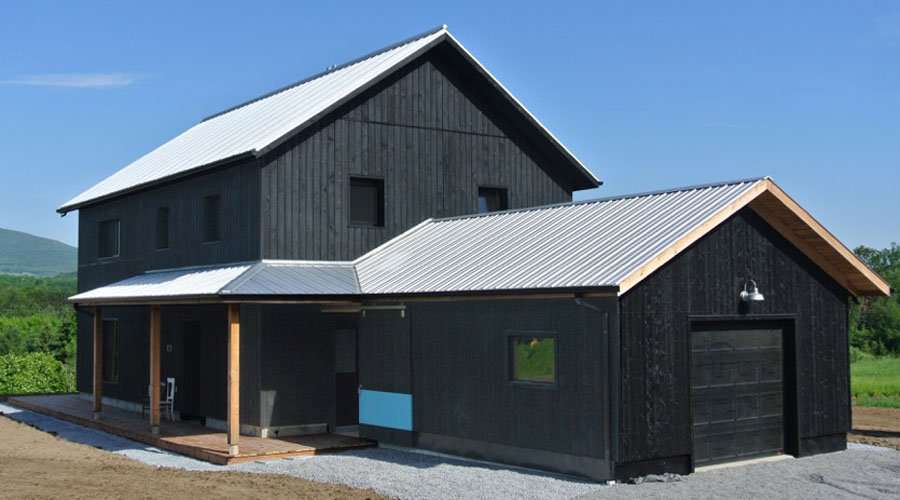















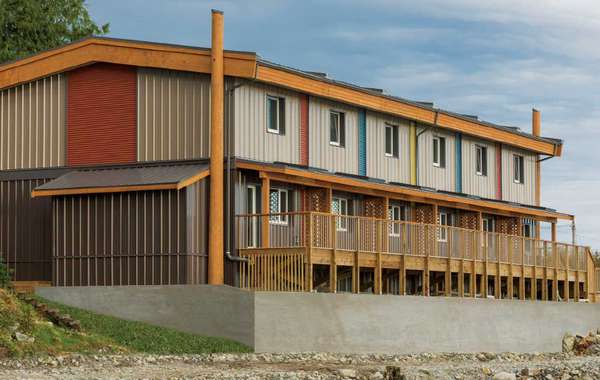
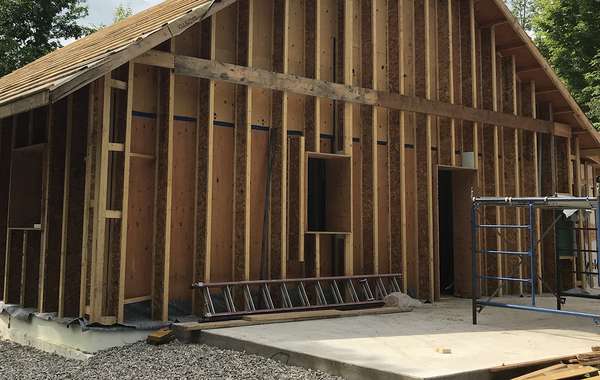
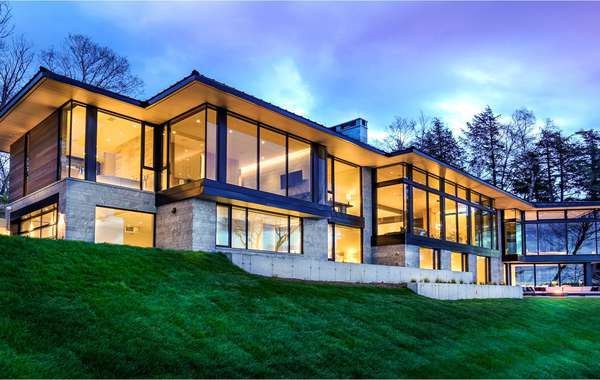
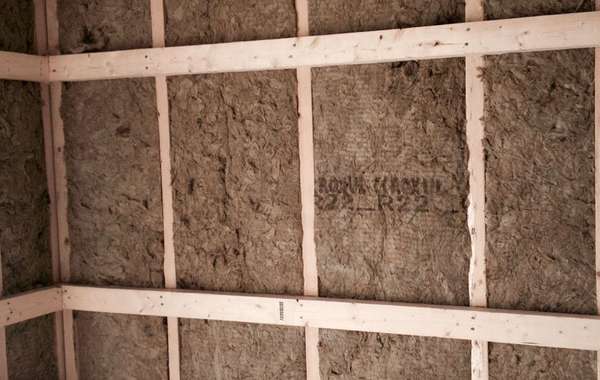
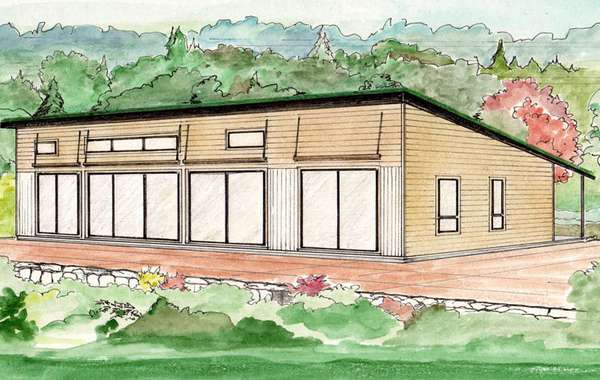
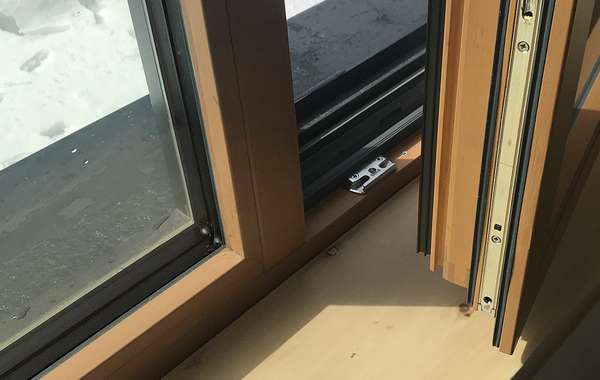
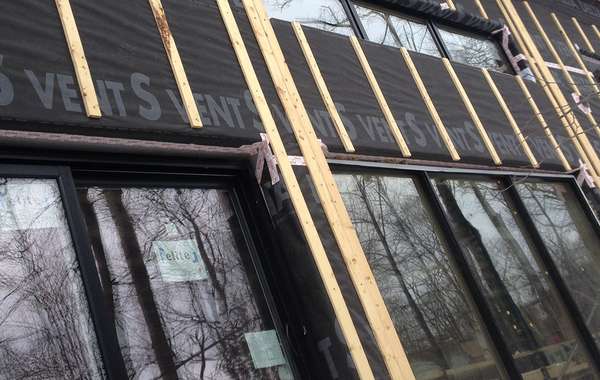
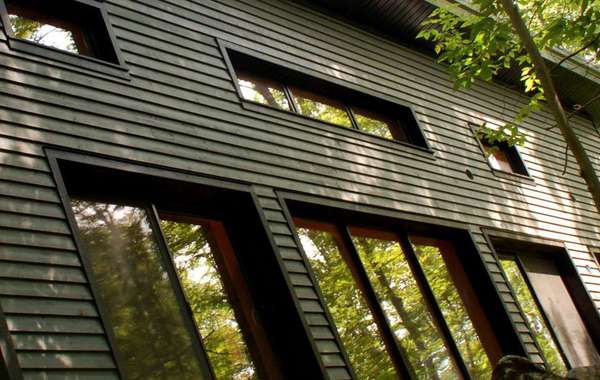
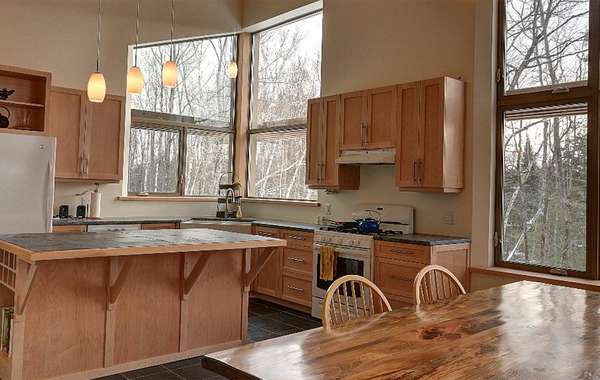
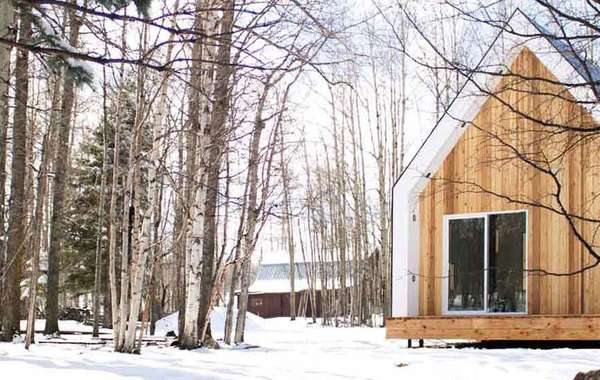
喜欢这篇文章,希望你继续更新它。